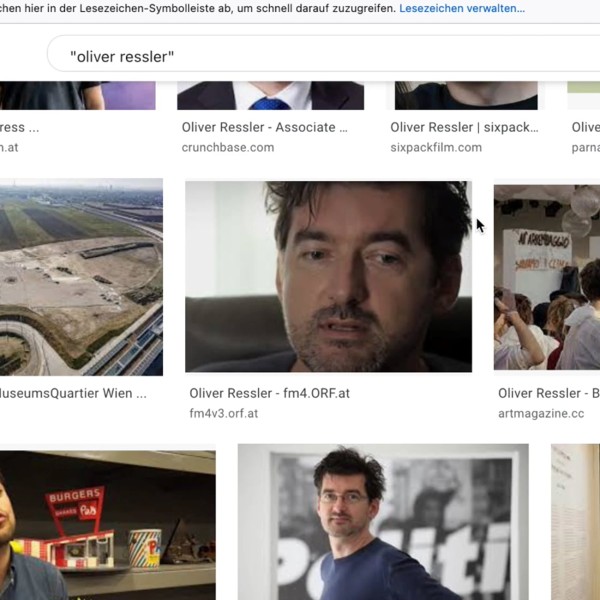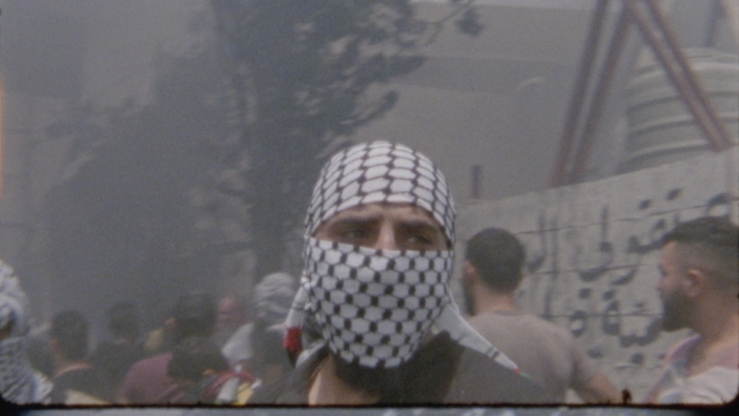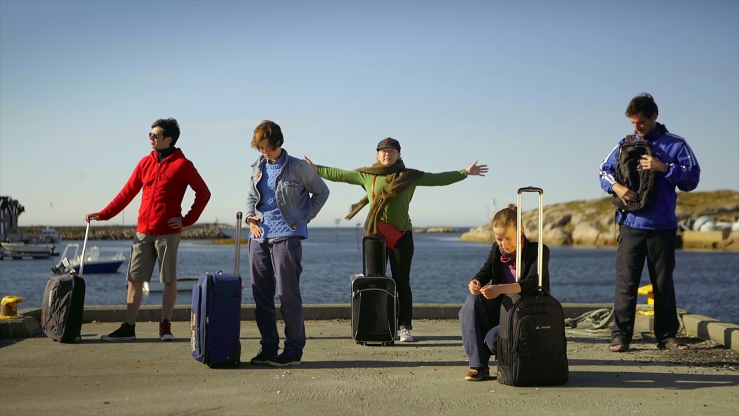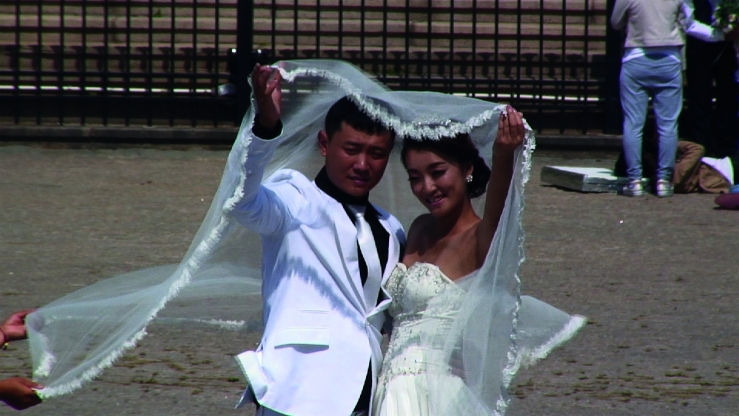Anubumin
In Nauruan, Anubumin means 'night' – and darkness is what the fourth joint film by Zanny Begg and Oliver Ressler begins with. The small and inconspicuous island of Nauru with close to 10,000 inhabitants lies in the Pacific at a great distance to the mainland.
But Nauru is a tragic place steeped in history that has been overwritten by numerous narratives. The film addresses these different narratives, starting with the early exploitation of the island and its calcite and phosphate deposits by the colonial powers in the 19th century. After the golden 1970s, when the 'Birdshit island' was flush with money, the phosphate was completely mined and the island state soon became insolvent. Since then, Nauru has turned into a gloomy place: 80% of the area is uninhabitable; the attempt to tap new sources of income led to the wide-scale practice of money laundering.
And Nauru is still controlled from the outside, since the island houses an Australian 'offshore' detention camp for refugees – for those who according to Australian law come to Australia illegally and thus forfeit the permission to migrate. In the film, four whistleblowers who worked there as doctors and nurses talk about the inhumane conditions in the detention camp which is run by a private Australian organization.
The aesthetic framework is formed by a recited poem by Matthew Hyland and Oliver Ressler that puts into words the gloominess surrounding the island and reveals the corrupt dealings of the Australian government. The poem is accompanied by secretly filmed images of the area – filming is forbidden in the detention camp – that stand in stark contrast to the poetic nature shots with which the documentary images are interspersed. In combination with the spoken word, these vague, collaged images are charged with a powerful meaning: That which is concealed due to the corrupt secrecy that is upheld, reveals itself in the mode of not showing and is intensified in its tragedy by the atmospheric landscape shots.
How do images convey conflictual conditions to the viewer? What do we believe – the words, the images, which images? And what effect do these words and images unfold as components of an artwork? (Miriam Klauke)
About the video
About the artists
- 1972 in Melbourne, AUS.
Studied at the Griffith University, AUS, and the University of New South Wales, AUS
- 1970 in Knittelfeld, AUT.
Studied at the Hochschule für angewandte Kunst, Vienna, AUT
Insights at Videonale X












